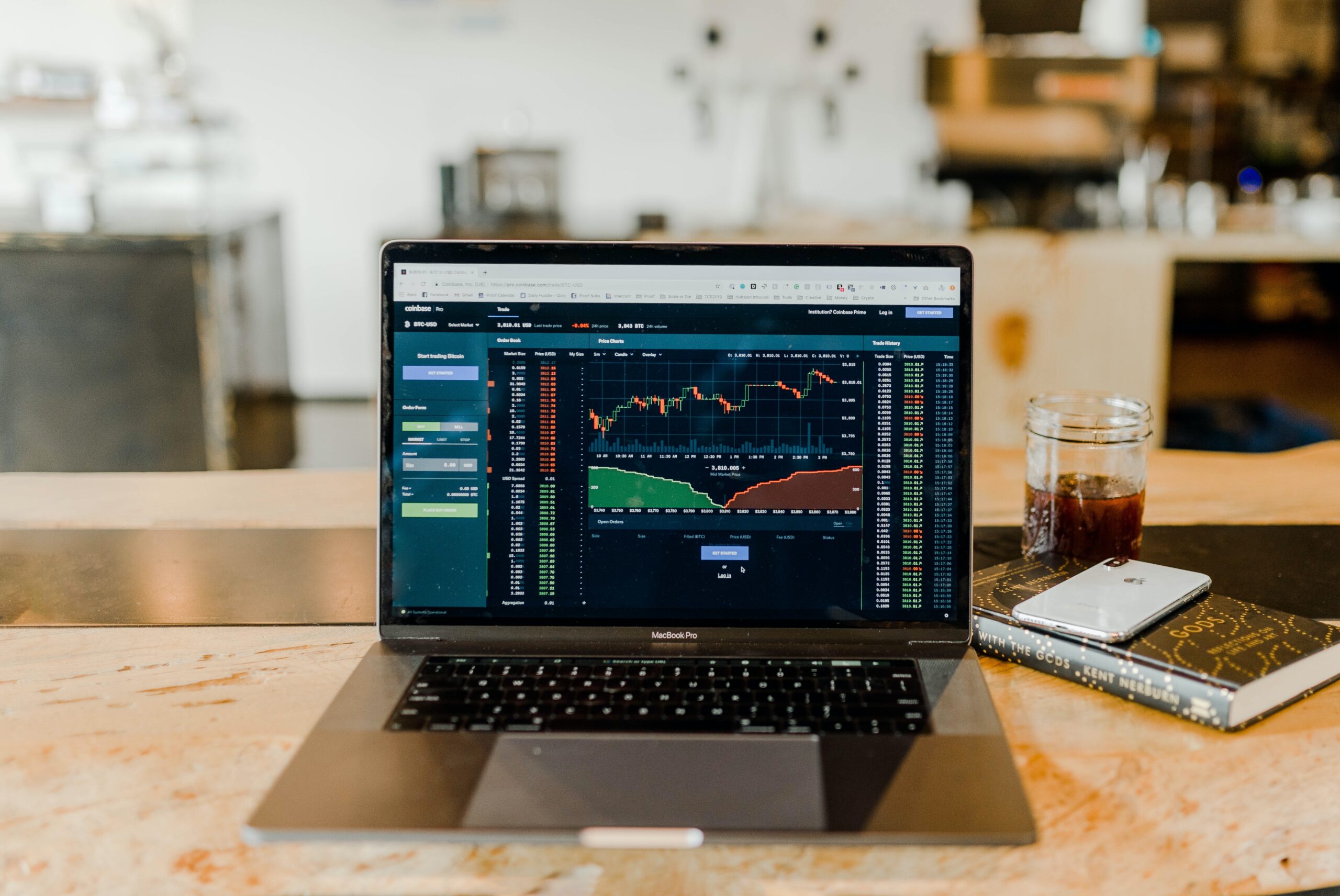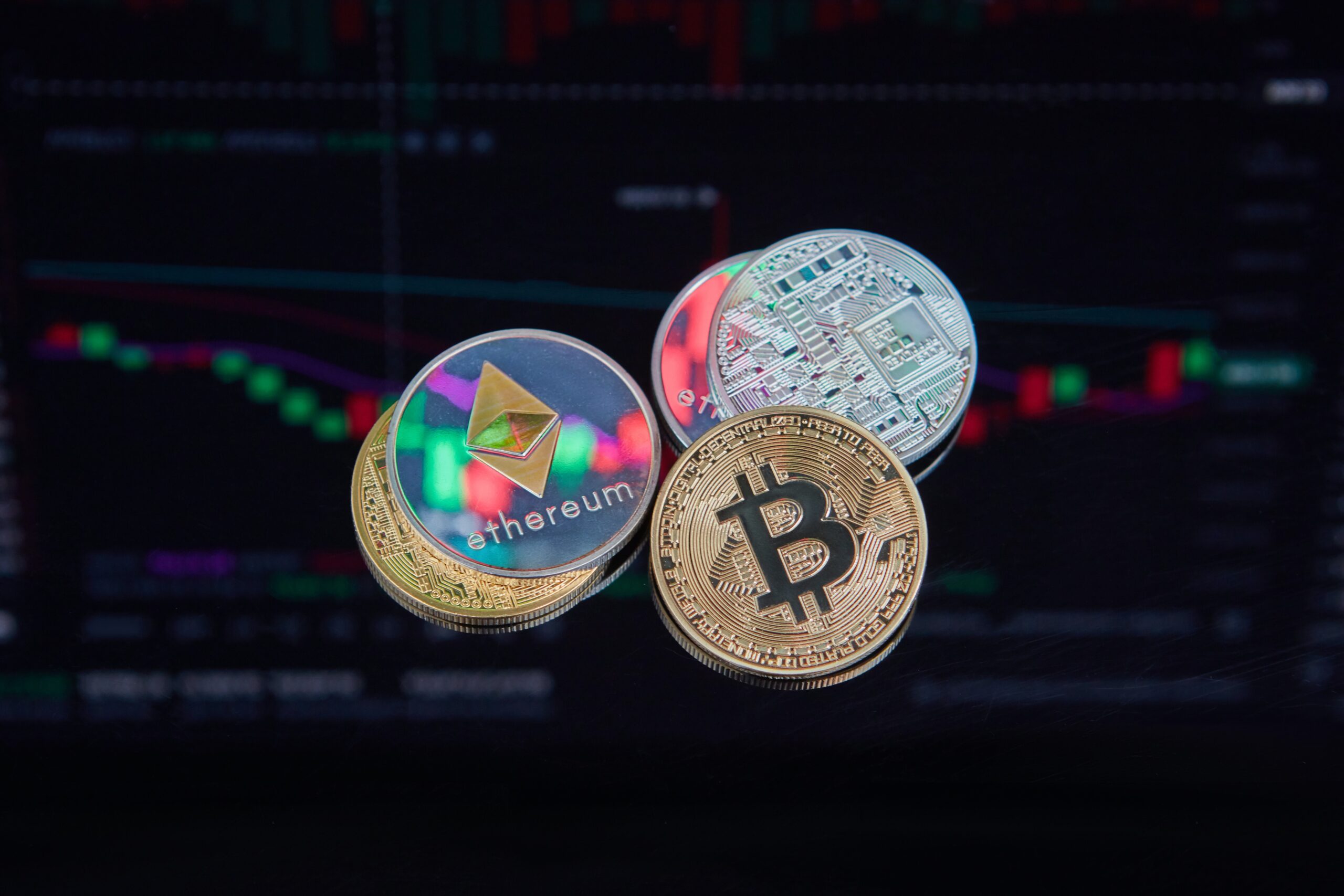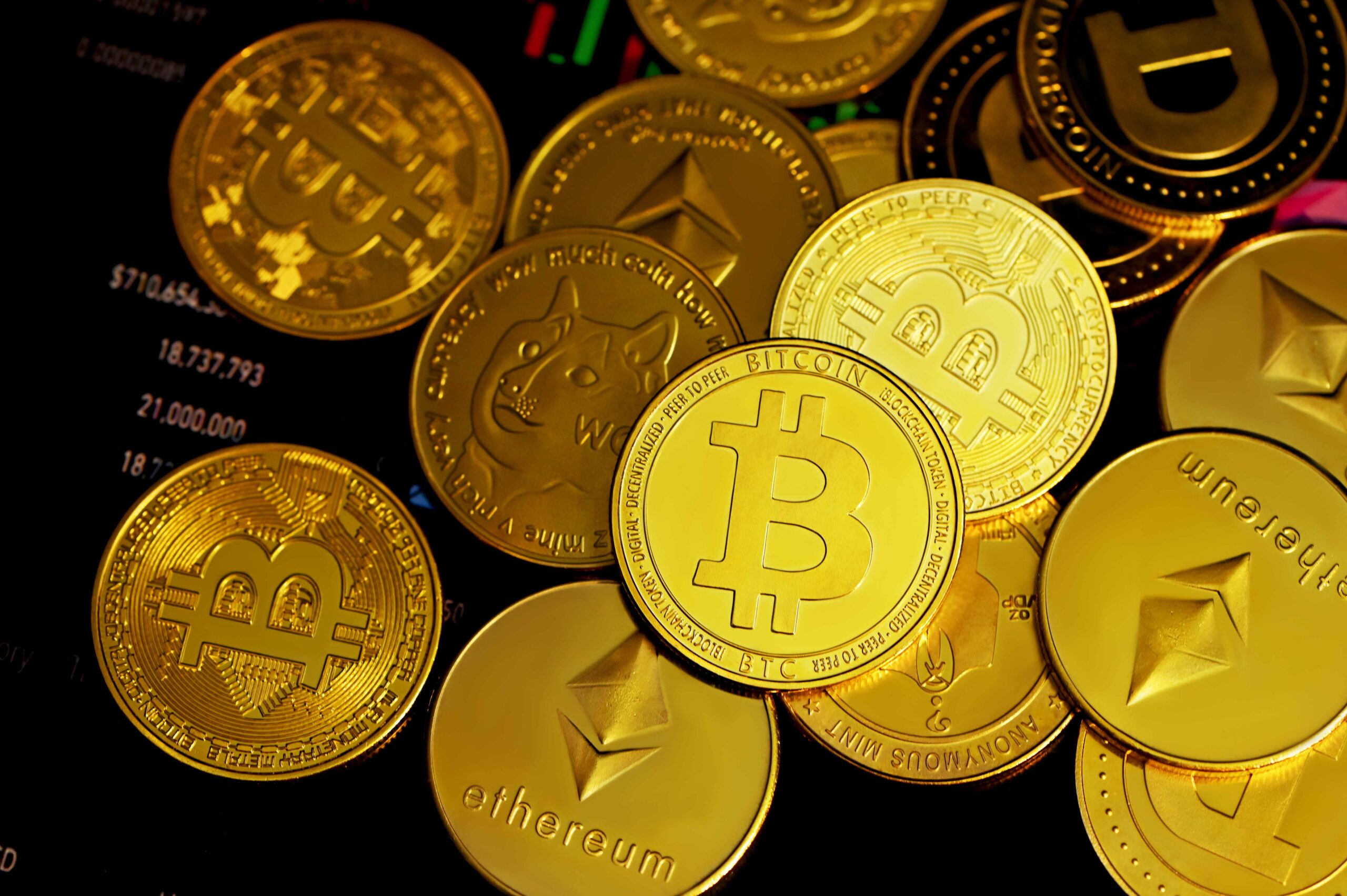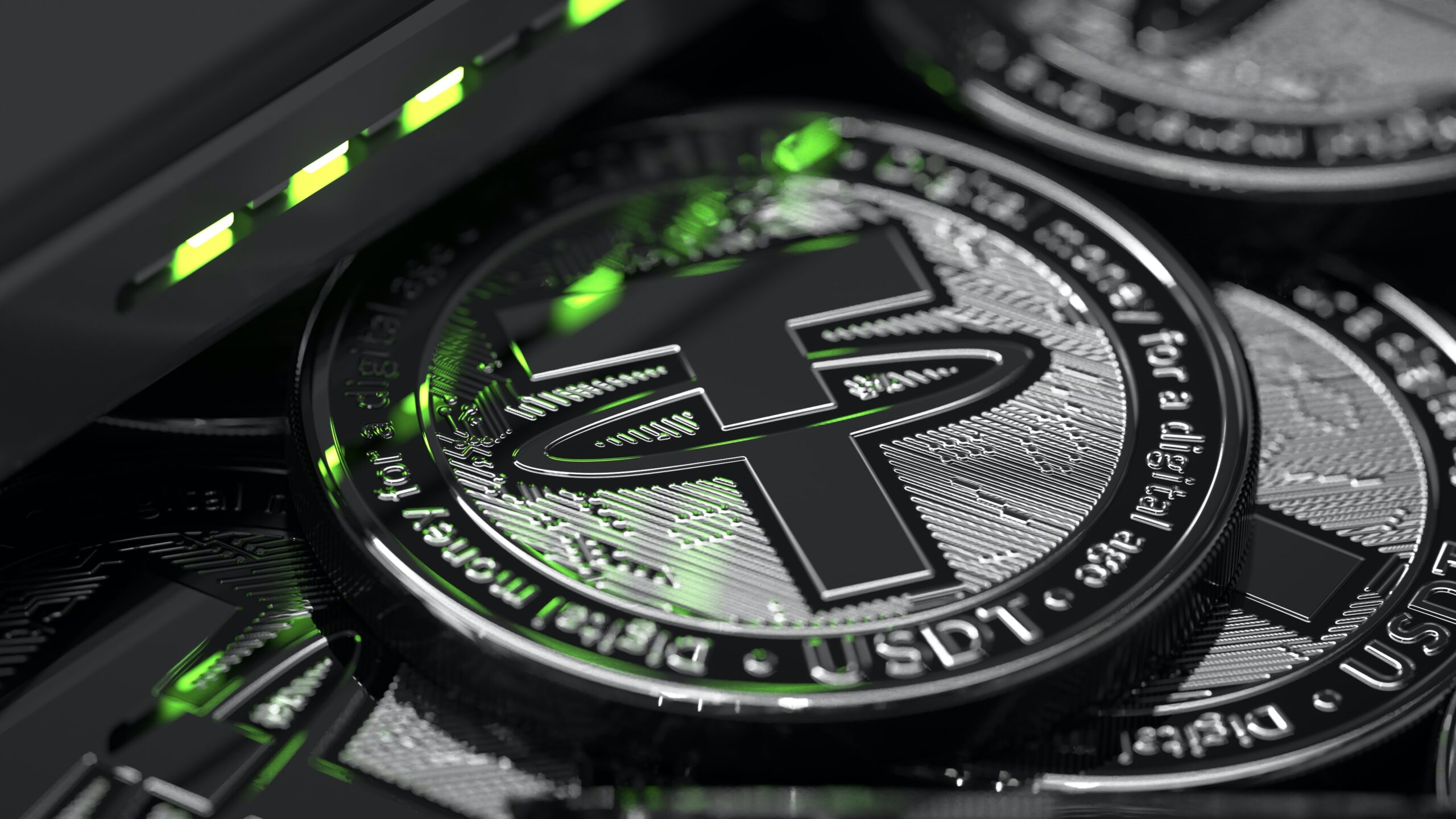In our last article we introduced the Ethereum Merge and its potentially profound impact upon the world of investing–whether for traditional or digital assets. Bellatrix on September 6th paved the way for the final merge to likely happen around September 15th through the second stage–Paris. With this comes the transition from proof of work (PoW) to proof of stake (PoS). What will mining after Ethereum 2.0 look like?
The proof of work protocol entails two components for its blockchain: “miners” and work. Validators, dubbed miners, work to solve hash puzzles before adding a subsequent block to a blockchain. Each block contains a set of transaction data to be added to the immutable public ledger than is any one blockchain.
Mining after Ethereum 2.0 actually refers to “staking,” or the practice of validators staking (read: depositing) their assets for the benefit of a blockchain’s protocol. Proof of stake uses a modified form of random selection favoring integrous stakers with larger deposits while not disenfranchising those holding smaller deposits.
This article delves into proof of stake, Ethereum 2.0, and the larger impact of staking. Let’s get into it.
Proof of Stake
A younger invention than the proof of work arriving over a decade ago with Satoshi Nakamoto’s Bitcoin, it shifts the onus from energy-intensive work and computation to at-risk deposits and integrity.
Ethereum’s PoS introduces a complex system focusing on the character of its validators (stakers). To participate, each validator must first deposit 32 ETH (ether) into a smart contract and operate using three different pieces of software: an execution client, a consensus client, and validator.
Once their validation account is active, validating users receive new blocks from peers operating on the Ethereum network. The blocks’ transactions are “re-executed,” and the validator checks the block signatures to ensure they’re valid. The validator finally sends a vote–referred to as an attestation–in favor of each new block across the network.
PoS also introduces a unique feature carrying potential benefits for scaling: The timing of adding blocks remains fixed. Simply put, one slot occurs every 12 seconds and an epoch refers to 32 slots.
The protocol randomly selects one validator per slot, to function as a block proposer. The validator therefore remains responsible for sending out new blocks to the network. And with every slot, a committee of validators–randomly chosen–votes on the validity of the new block.
Mining After Ethereum 2.0
In short, mining ceases to exist in favor of staking. PoW ensures validator integrity through the work they must complete in solving the next hash puzzle required for adding the next block. PoS ensures integrity through the extraordinary financial cost in engaging in dishonest behavior.
PoS validators lose out on ETH rewards if they fail to validate when selected. In addition, their existing stake is up for removal if they behave dishonestly: namely proposing multiple blocks for a single slot or sending contradictory attestations. The penalties increase gradually the longer a validator fails to provide honest attestations–leading to outright ejection from the Ethereum network after 36 days.
Any attack–even coordinated–would therefore be extremely costly for the criminal party given that the minimum staking amount is 32 ETH.
A 51% attack to propose an entirely separate blockchain of transaction data, feared in the PoW domain, requires billions upon billions in dollar equivalent of staked ETH. However, the Ethereum community would recognize a single bad actor or group of actors trying to propagate this false chain. They could then mount a counterattack by raising alarms, at which point the network would likely destroy all the staked ETH of the false chain.
Integrity is ensured through the heavy economic cost and the collective voice of honest validators.
The Benefits of Staking
Previously, we’ve touched upon the environmental benefits of switching to staking in a world ravaged by climate change. Ethereum’s energy usage would decrease by approximately 99.95%.
However, there are number of additional benefits:
- Passive income. Staking enables retail individuals in securing the Ethereum network, even from a laptop. Staking pools collate ETH and allow individuals to stake without having the required 32 ETH.
- Increased decentralization. Economies of scale happen with PoW as institutions have the cash balances necessary to purchase dedicated, intensive “rigs.”
- Economic security. PoS expressly uses staked (locked) deposits, which are held liable for destructing provided dishonest behavior.
There are some notes to consider, however, before entering into staking:
- PoS is younger and lesser-known than PoW.
- PoS is complex as it locks the addition time of new blocks and consistently monitors the actions of validators.
- A validator needs to use three pieces of software.
Closing Thoughts
PoS opens the door to the crypto universe for all individuals or entities, large or small, while removing the economic incentives of bad actors. PoW works from a security perspective while ironically encouraging some centralization and excluding the vast majority of potential validators as it matures.
Retail investors now enjoy several solid, regulated crypto exchanges for entering into crypto without jeopardizing their security. In tandem, yields from traditional bond investing pales alongside staking’s potential return. This spells opportunity for forward-looking banks embracing tomorrow.
Democracy and opportunity remain the heart of cryptocurrency. Ethereum’s PoS represents an invention furthering that ideal to anyone with an internet connection.
Disclaimer: The author of this text, Jean Chalopin, is a global business leader with a background encompassing banking, biotech, and entertainment. Mr. Chalopin is Chairman of Deltec International Group, www.deltecbank.com.
The co-author of this text, Conor Scott, CFA, has been active in the wealth management industry since 2012, continuously researching the latest developments affecting portfolio management and cryptocurrency. Mr. Scott is a Freelance Writer for Deltec International Group, www.deltecbank.com.
The views, thoughts, and opinions expressed in this text are solely the views of the authors, and do not necessarily reflect those of Deltec International Group, its subsidiaries, and/or its employees. This information should not be interpreted as an endorsement of cryptocurrency or any specific provider, service, or offering. It is not a recommendation to trade.









